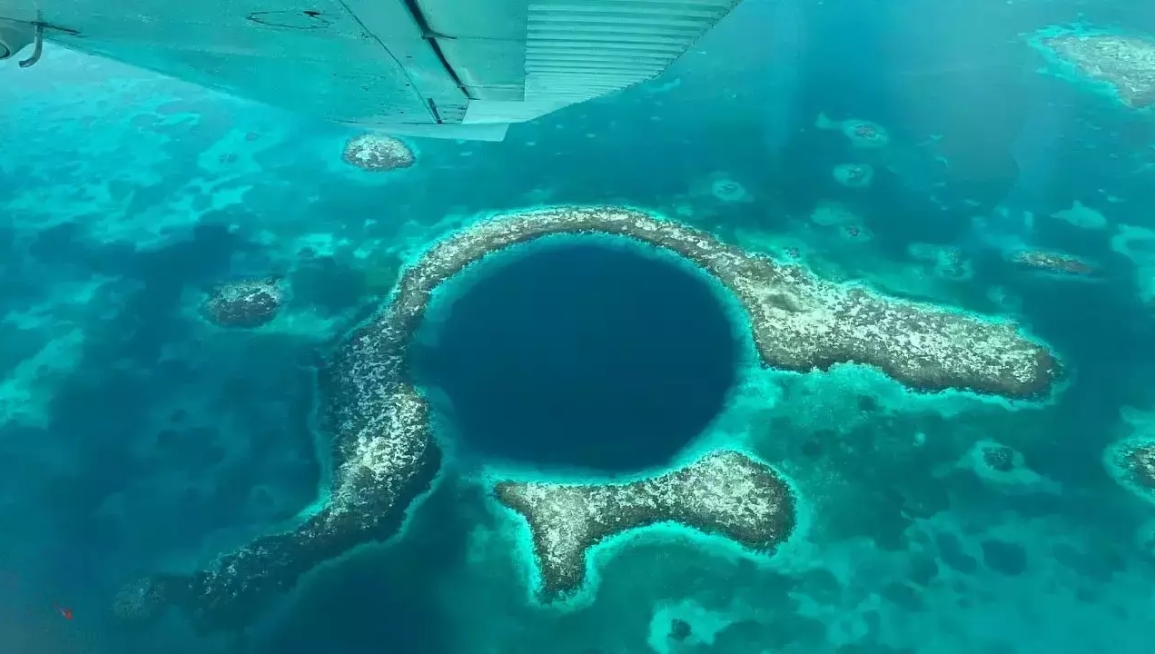Scientists have uncovered Mexico’s Taam Ja’ Blue Hole (TJBH) as the world’s deepest, reaching 1,380 feet below sea level. This discovery, revealed in Frontiers in Marine Science, is located in Chetumal Bay off the Yucatan Peninsula and surpasses the previous record-holder, the Dragon Hole in the South China Sea, by 480 feet.
These incredibly deep Karst formations, which are the result of soluble bedrock dissolving, present a challenge to scientific research and push the bounds of knowledge. Blue holes are vertical marine caves that were left over from glacial discharge during the Ice Age. However, the depth of the Taam Ja’ Blue Hole poses a significant challenge.
Reaching the bottom is still difficult because of oxygen depletion and dangerous hydrogen sulphide gas, even with the use of advanced techniques such as echo-sounders and a cutting-edge CTD profile. Initial measurements in 2021 reached only 900 feet, with subsequent expeditions unable to descend further than 1,380 feet.
According to scientific theories, there might be a complex network of caves and tunnels at the bottom. Meanwhile, future expeditions aim to overcome these challenges and delve deeper into this enigmatic abyss.















